
Cannaregio is the northernmost of the six historic sestieri of Venice. It is the second largest sestiere by land area and the largest by population, with 13,169 people as of 2007.

Ca' Rezzonico is a palazzo and art museum on the Grand Canal in the Dorsoduro sestiere of Venice, Italy. It is a particularly notable example of the 18th century Venetian baroque and rococo architecture and interior decoration, and displays paintings by the leading Venetian painters of the period, including Francesco Guardi and Giambattista Tiepolo. It is a public museum dedicated to 18th-century Venice and one of the 11 venues managed by the Fondazione Musei Civici di Venezia.

Palazzo Labia is a baroque palace in Venice, Italy. Built in the 17th–18th century, it is one of the last great palazzi of Venice. Little known outside of Italy, it is most notable for the remarkable frescoed ballroom painted 1746–47 by Giovanni Battista Tiepolo, with decorative works in trompe-l'œil by Gerolamo Mengozzi-Colonna.

The Barbaro family was a patrician family of Venice. They were wealthy and influential and owned large estates in the Veneto above Treviso. Various members were noted as church leaders, diplomats, patrons of the arts, military commanders, philosophers, scholars, and scientists.

Francesco Zugno was an Italian painter of the Rococo period who had a successful career in Venice.
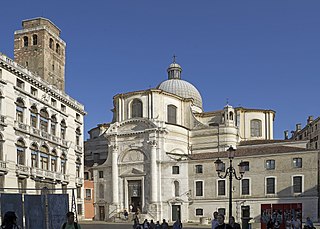
San Geremia is a church in Venice, northern Italy, located in the sestiere of Cannaregio. The apse of the church faces the Grand Canal (Venice), between the Palazzo Labia and the Palazzo Flangini. The edifice is popular as the seat of the cult of Saint Lucy of Syracuse, whose remains are housed inside.

The House of Loredan is a Venetian noble family of supposed ancient Roman origin, which has played a significant role in shaping the history of the Mediterranean world. A political dynasty, the family has throughout the centuries produced a number of famous personalities: doges, statesmen, magnates, financiers, diplomats, procurators, military commanders, naval captains, church dignitaries, and writers.

Francesco Loredan was a Venetian statesman and magnate who served as the 116th Doge of Venice from 18 March 1752 until his death in 1762. He was a member of the noble House of Loredan, head of its Santo Stefano branch, and the only Doge, as well as the last male, to be awarded the Golden Rose by the Papacy.
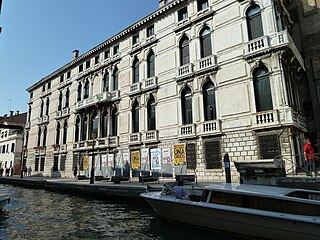
The Palazzo da Lezze or Ca' Lezze is a Baroque palace in Sestiere of Cannaregio in the city of Venice, Italy. It is located on Rio della Misericordia, with a facade on the fondamenta (canal-sidewalk), and stands between the Scuola Grande Nuova della Misericordia and Calle Largo Lezze.

The Palazzo Muti Baglioni is a Baroque architecture palace located near San Cassiano in the Sestiere San Polo of Venice, Italy.

The Palazzo Manfrin Venier, once known as the Palazzo Priuli a Cannaregio or Palazzo Priuli Manfrin, is a Baroque-style palace located facing the Cannaregio Canal in the sestiere of Cannaregio of Venice, Italy. It stands to the left of the Palazzo Savorgnan.
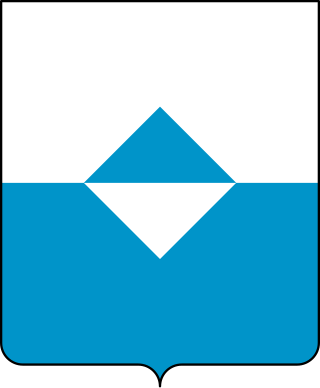
The House of Correr or Corraro was a major patrician family in the history of the Republic of Venice. The family belonged to the Venetian nobility.

The Palazzo Boldù a San Felice is a palace located on the Canal Grande of Venice, between the Palazzetto Da Lezze and Palazzo Contarini Pisani in the Sestiere of Cannaregio, Venice, Italy.

Palazzo Soranzo Piovene, also called Soranzo Piovene alla Maddalena is a Renaissance-style palace on the Grand Canal, located between the Palazzo Emo at Maddalena and the Palazzo Erizzo, in the sestiere of Cannaregio, in Venice, Italy.

The Papafava were an aristocratic family of Padua, a junior branch of the Carraresi. It was admitted into the Venetian patriciate among the so-called Houses Made for Money.

The Valmarana family is an aristocratic family in Vicenza, one branch of which also held Venetian patrician status. Its motto was "Plus Ultra" (Further). They were named after the village of Valmarana in the Berici Hills, where they held fiefs from the bishop of Vicenza.
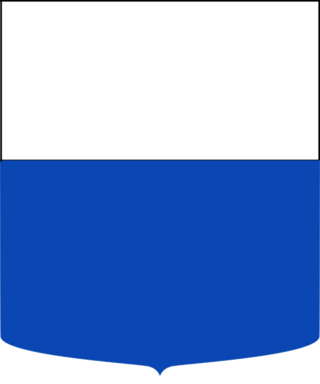
The Zulian family was an old Venetian noble family. The place from whence the Zulian came to Venice is unclear; however, the family is considered one of the first that moved to Venice, and thus one of the oldest Venetian and Italian noble families. The family produced tribunes, and in the early 8th century gained dukedom, as a family member rose to the position of Maestro dei cavalieri. The family produced several prominent Venetian figures, including statesmen, generals, patrons and magnates.
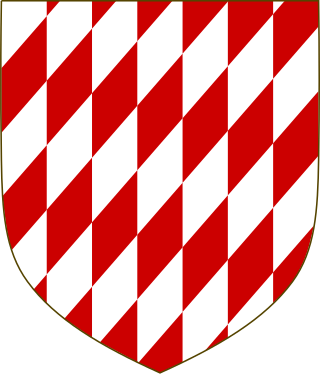
The Salamon family - sometimes Salomon or Salomoni - was a patrician Venetian noble family of ancient but uncertain origin, counted among the so-called “Case Vecchie” of the Republic of Venice.

The Venetian patriciate was one of the three social bodies into which the society of the Republic of Venice was divided, together with citizens and foreigners. Patrizio was the noble title of the members of the aristocracy ruling the city of Venice and the Republic. The title was abbreviated, in front of the name, by the initials N.H., together with the feminine variant N.D.. Holding the title of a Venetian patrician was a great honour and many European kings and princes, as well as foreign noble families, are known to have asked for and obtained the prestigious title.

The House of Marcello is a noble family of Venice, once ascribed to the Venetian Patriciate.






















